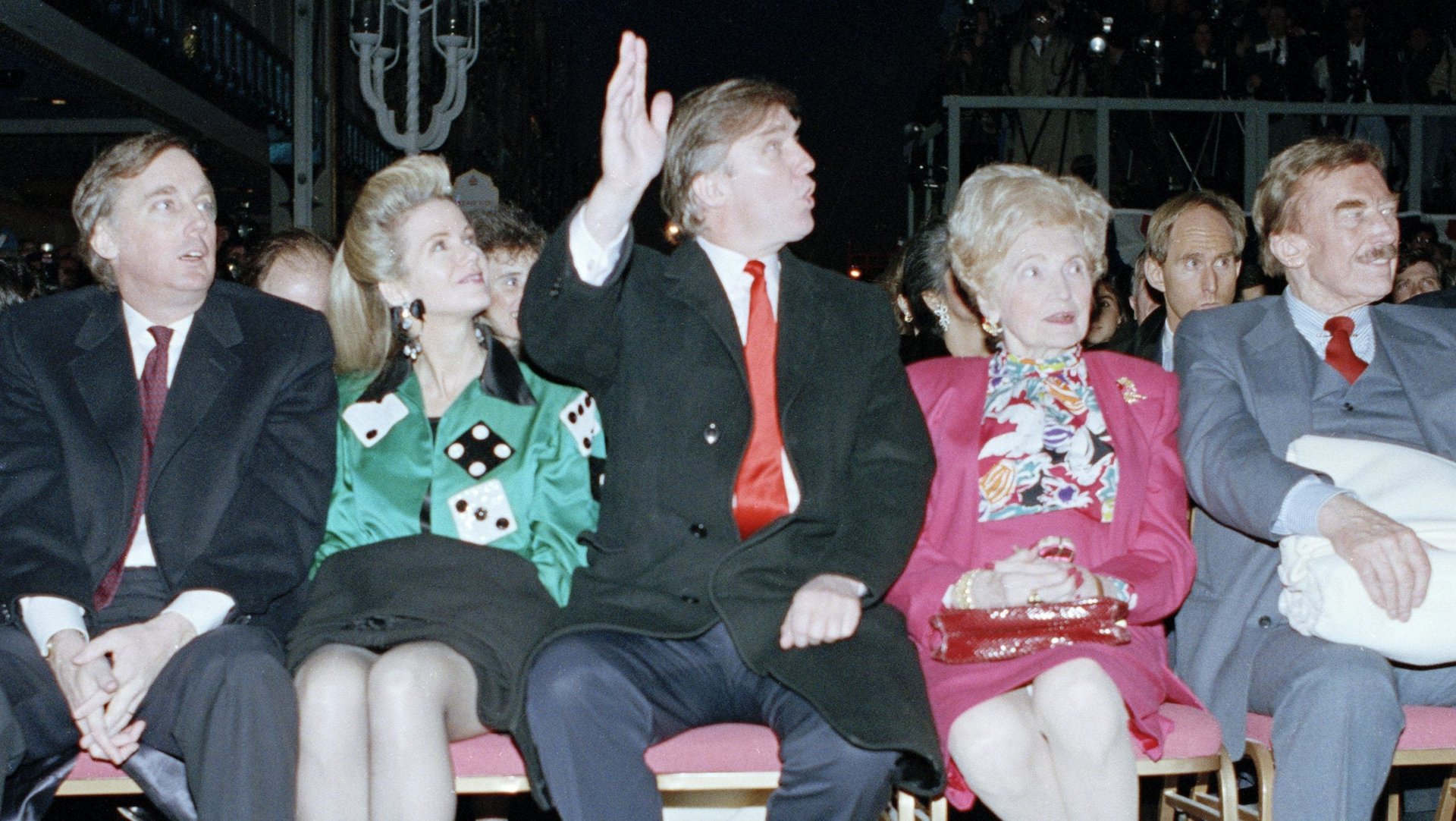Trump wants to end chain migration—which is how his mother came to America
In 1929, 17-year-old Mary Anne MacLeod left Glasgow on the SS Transylvania to join a “well-established community of countrymen and women,” which included two of her sisters, in New York City. Scots like MacLeod had been emigrating for years in search of a better life, the New Yorker’s Mary Pilon writes.


In 1929, 17-year-old Mary Anne MacLeod left Glasgow on the SS Transylvania to join a “well-established community of countrymen and women,” which included two of her sisters, in New York City. Scots like MacLeod had been emigrating for years in search of a better life, the New Yorker’s Mary Pilon writes.
MacLeod would later become Mary Trump, Donald Trump’s mother. Today (Sept. 15), her son the president took to Twitter to say the process that brought his mother to the United States almost 90 years ago should not be part of any legislative deal on immigration reform. In August, he said he supported a bill that would end the practice “for good.”
Trump’s paternal grandfather, Friedrich Trump, is also believed to have joined a sister in New York, after leaving Germany by ship for Manhattan’s Castle Garden in 1885.
What is chain migration?
In American history, chain migration describes how immigrants established enclaves in a particular town or neighborhood, where they were later joined by others from their homeland. Even more broadly, as CUNY professor Simone Wegge writes in Chain Migration and Information Networks (paywall), chain migration is “a process in which previous migration from a village is an influence on the migration decisions of present villagers.”
In contemporary US politics, chain migration has become synonymous with family reunification, the immigration system’s prioritization of immigrants with relatives already in the country. According to the Migration Policy Institute (MPI), just over 1 million immigrants are granted lawful permanent residence each year, two-thirds of which fall under the “family-based” distinction.
MPI researchers found the most frequent sponsors of such family-based green cards are US residents with relatives from Mexico, the Dominican Republic, the Philippines, China, India, and Vietnam.
Why compromise on immigration is fraught
Trump has been under fire from immigration hard-liners following news he was forging a deal with Democrats to protect the estimated 800,000 Dreamers, who were illegally brought into the US as children. His tweet on chain migration is no doubt an effort to assuage the ire of his base, which supports a Mexican border wall and loathes the concept of amnesty.
Republican senator John Cornyn told the Washington Examiner that family reunification was a pivotal issue for conservatives on any legislation addressing Dreamers. “We have to talk about things like chain migration, which is a very big concern, whether they can use this as a way to bring in other collateral family members,” he said.
On the flip side, if Trump sticks to a hardline position on family sponsorship, it could diminish bipartisan support for a deal. When congress considered comprehensive immigration reform in 2007, for example, protecting family’s rights was a key issue for Democrats, including House minority leader Nancy Pelosi. “I don’t know why we have to compromise on reunification of families, I really don’t,” she said then.